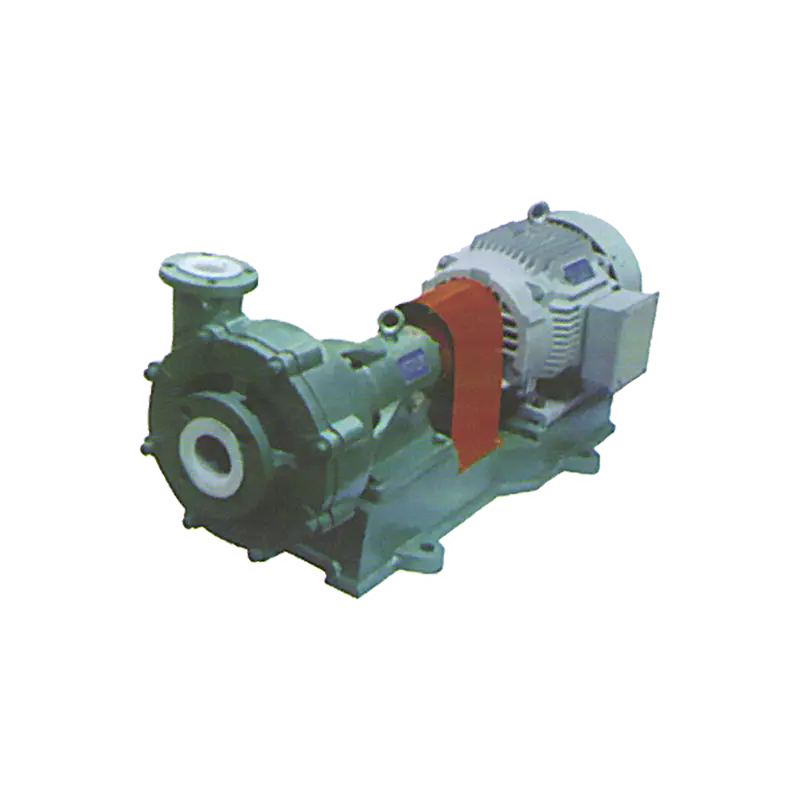Corrosiveness of the Medium
Corrosive liquids (such as acids, alkalis, saltwater, chemical solvents, etc.):
Material Selection: For highly corrosive media, materials like stainless steel (e.g., 304, 316 stainless steel) or alloy steel (e.g., Hastelloy, Monel) are commonly used. These materials have strong corrosion resistance and can be used in aggressive media such as strong acids and alkalis for long periods.
Characteristics: Stainless steel has excellent corrosion resistance in chemical media, with 316 stainless steel offering good resistance to chlorides, hydrochloric acid, and other chemicals. Hastelloy is used for more extreme chemical environments, such as high-temperature, high-corrosion situations.
Temperature of the Medium
High-temperature media:
Material Selection: For high-temperature media (such as hot water, oils, high-temperature chemicals, etc.), high-temperature-resistant stainless steels (e.g., 304, 316L), titanium alloys, or high-temperature alloys (e.g., Inconel series) are suitable.
Characteristics: Stainless steel has good high-temperature resistance but may undergo oxidation and strength reduction at extremely high temperatures (over 400°C). In such cases, titanium alloys or specialized high-temperature alloys can provide better protection against thermal degradation.
Viscosity of the Medium
High-viscosity media (such as oils, slurries, pastes, etc.):
Material Selection: For high-viscosity media, centrifugal water pumps made of cast iron or stainless steel are common. The pump design usually requires larger impellers and wider channels to accommodate thicker fluids.
Characteristics: High-viscosity liquids require stronger pumping capabilities, so the pump body and impeller must have sufficient strength and wear resistance. The pump’s sealing design and bearing selection should also consider the frictional impact of more viscous media.

Abrasion Resistance of the Medium
Liquids containing solid particles or abrasives (such as sewage, slurry, or mud):
Material Selection: For media containing particles or highly abrasive substances, wear-resistant cast iron or hardened alloys (e.g., hard chrome alloys, tungsten carbide alloys) are commonly selected.
Characteristics: Media containing solid particles accelerate wear on pump components, requiring materials with high hardness and wear resistance. The pump design should include larger channels and anti-clogging features to reduce wear and blockages.
Toxicity and Environmental Requirements
Toxic or environmentally sensitive media (such as petroleum, chemicals, etc.):
Material Selection: For such media, stainless steel or fluoroplastics (e.g., PTFE, FEP) are commonly used. These materials offer both chemical corrosion resistance and ensure proper sealing and durability under high-temperature, high-pressure, or other harsh conditions.
Characteristics: For media with high toxicity or those requiring tight sealing, pumps with fluoroplastic-coated bodies or sealing components can prevent the leakage of harmful substances, while also enhancing corrosion resistance.
Water Content and Dissolved Gases in the Medium
Water-based media (such as water, wastewater, etc.):
Material Selection: For water or water-based media, materials like cast iron, stainless steel, or plastics (e.g., polypropylene, polyvinyl chloride) are used.
Characteristics: For common media like water, material requirements are typically low. However, if the media contains salts or corrosive substances, stainless steel should be selected to extend the pump's lifespan. For non-corrosive liquids, cast iron or plastic pumps may be sufficient.
pH Value of the Medium
Strong acid or strong alkali media:
Material Selection: For media with extreme pH values (such as concentrated acids or alkalis), materials like polyvinyl chloride (PVC), fluoroplastics (e.g., PTFE), or Hastelloy are used.
Characteristics: These materials can resist extreme chemical corrosion, preventing the centrifugal pump body from being eroded in strong acid or alkaline environments and ensuring long-term stable operation.
Boiling Point and Volatility of the Medium
Highly volatile liquids (such as solvents, oils, fuels, etc.):
Material Selection: For volatile liquids, materials like stainless steel or aluminum alloys are used, with the pump design ensuring no static electricity or sparks to prevent explosions.
Characteristics: The pump body and piping must be sealed to prevent leakage, and the materials must withstand the vapor pressure of volatile liquids.
Oxidizing or Reducing Nature of the Medium
Oxidizers or reducing agents (such as bleach, reducing agents, oxygen, etc.):
Material Selection: For strongly oxidizing media, materials like stainless steel (e.g., 316 stainless steel), titanium alloys, or plastic-coated pump bodies are chosen. For strongly reducing media, Hastelloy or tantalum are appropriate materials.
Characteristics: Oxidizing and reducing liquids can accelerate corrosion of metals, so selecting materials with excellent oxidation or reduction resistance is essential to ensure the pump’s stability and durability.





















